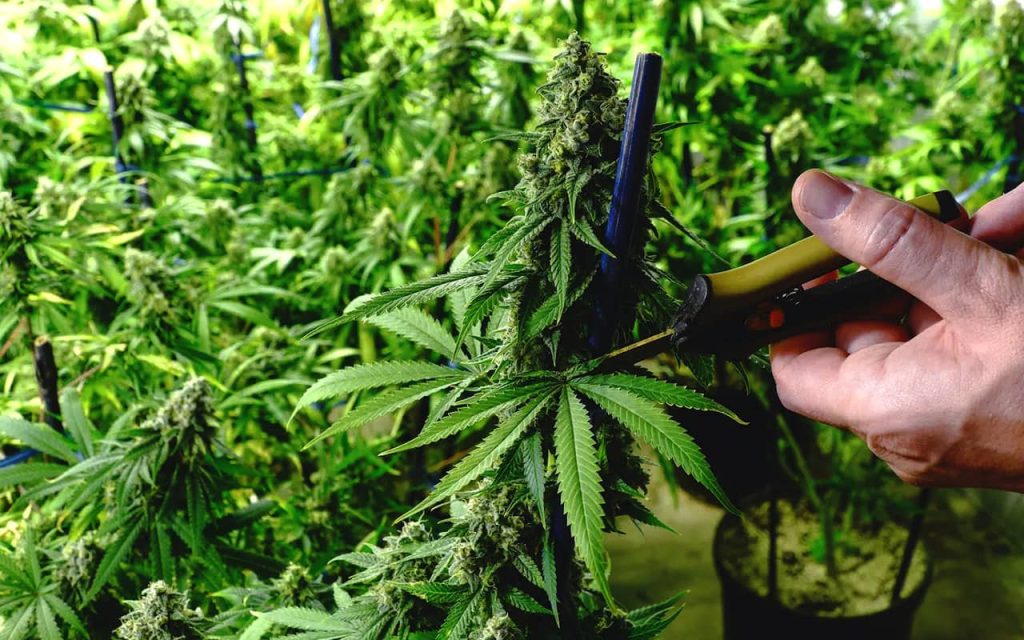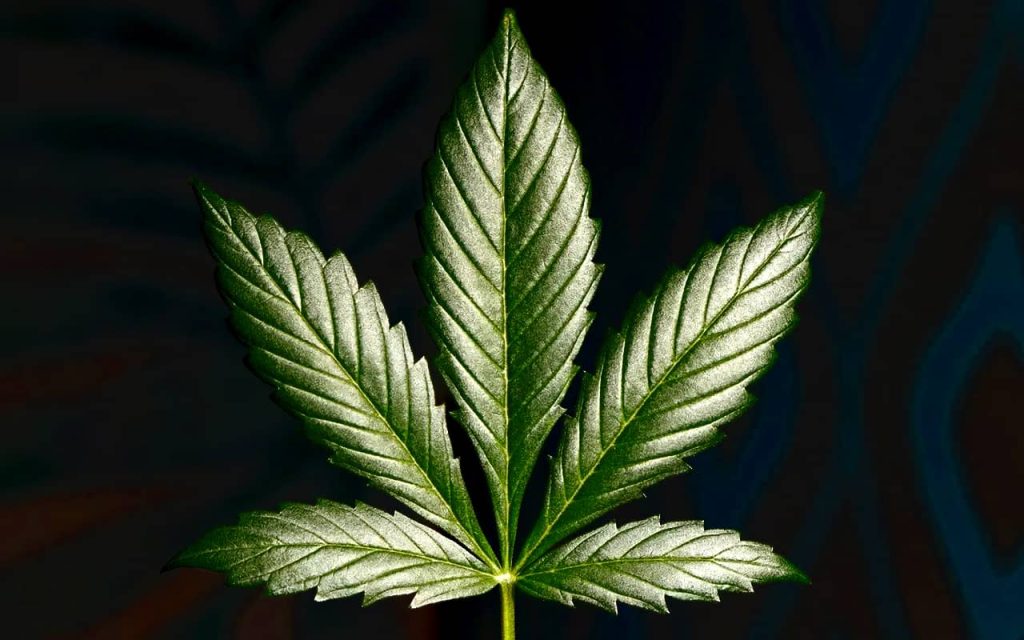If you’re aiming for a maximum cannabis yield and want to grow dense, aromatic buds, pay attention to a pruning method called Lollipopping. This simple cultivation technique allows the plant to avoid wasting energy on weak zones and instead focus on developing strong, productive flowers. Although removing the lower leaves may seem like a controversial decision, the results are pleasantly surprising — the yield becomes more abundant and of higher quality.
What is Lollipopping and why is it called that?

The name of the method comes from the appearance of the plant after the procedure: long, cleaned stems with fluffy “tops” at the ends resemble lollipops on a stick. The essence of the technique is simple — leaves and sometimes weak branches are removed from the lower part of the plant. This allows nutrients and energy to be directed to the top buds, where the potential is highest.
How is it different from defoliation?
Defoliation includes any form of leaf removal to improve lighting and ventilation. Lollipopping, however, is a more targeted approach: only strong growth points remain, capable of producing large, dense buds. The technique is less traumatic to the plant and delivers impressive results.
Why is this type of pruning necessary?
When growing naturally, the plant develops many small lower buds, often referred to as “popcorn buds.” These are loose, low in resin, and not very valuable. Moreover, they steal resources from the more promising top colas. By removing them, you not only increase the yield per plant but also improve airflow — reducing the risk of mold and fungal infections.
Lollipopping in indoor and outdoor setups
Lollipopping is especially relevant for indoor growing. Light from lamps comes strictly from above, and the lower parts of the plant receive minimal illumination, rendering them ineffective. Removing these zones improves light efficiency and helps form denser buds at the top.
When growing outdoors, the method is less critical since the sun moves and lights the plant from different angles. However, even in open soil, careful pruning supports better ventilation and strengthens plant health.
When to perform Lollipopping?

The ideal time for the procedure is the early flowering stage, about a week after the first signs of bud formation. At this point, the plant is actively growing upward and forming its future flowers. If done too early, new shoots may grow back; if done too late, the plant will experience stress, which can negatively affect the yield.
Can this be used on autoflowering strains?
Although autoflowers don’t handle stress well, Lollipopping is a fairly gentle method. The key is to proceed carefully and not overdo it. If the lower zones don’t receive light, remove unnecessary leaves and bud sites, but remember that autoflowers don’t have time to recover. The best way is to test it: prune one plant, leave another untouched, and compare the results.
How to properly perform Lollipopping

No complex tools or experience are needed. First, determine how many nodes you want to keep — usually 3 to 6 upper nodes per branch. Everything below that should be carefully removed.
Removing excess leaves
Leaves and weak bud sites are trimmed from the bottom. The main stem should remain intact. Branches are only removed if they are clearly non-viable.
Clearing unnecessary buds
If the procedure is done at the beginning of flowering, there may already be buds on the lower part — these should also be removed, cutting them off at the base.
One trimming session per growth cycle is usually enough — if timed properly, the plant will naturally redirect energy to its upper, most potent flowers.
Conclusion
The Lollipopping method is an effective way to improve both the quality and quantity of your cannabis harvest. It helps the plant focus on truly productive areas while reducing the risk of disease thanks to improved ventilation. It’s suitable for both indoor and outdoor grows and can be successfully applied to autoflowering strains with a cautious approach. Its simplicity, effectiveness, and high return make it a favorite technique among experienced growers worldwide.
Recommended products:
